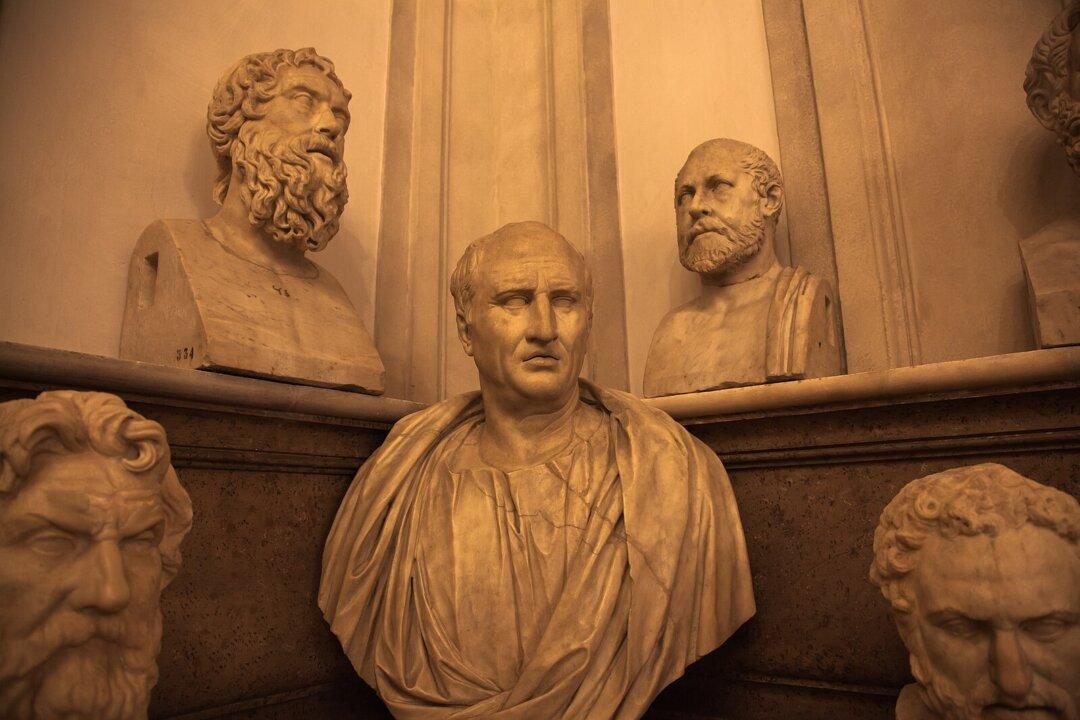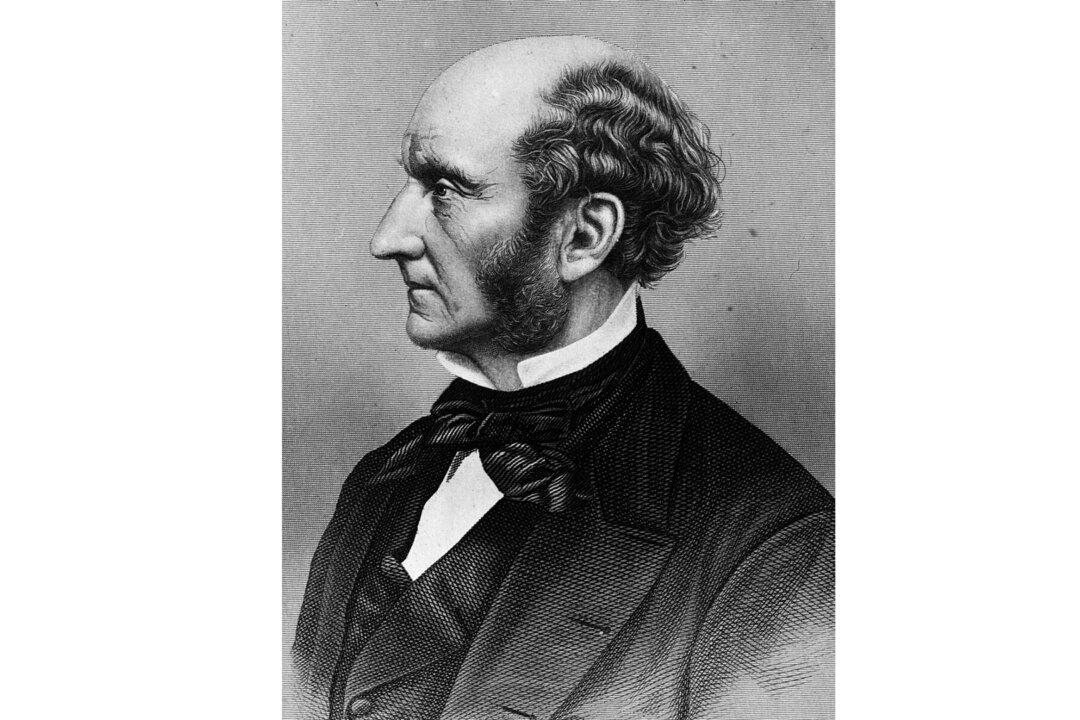
Marcus Vitruvius’s ‘Ten Books on Architecture’
Pundits, architects, and cultural commentators debate incessantly over the merits and downsides of different architectural styles, often ignoring ancient thinkers’ contributions to these arguments. Around 20 B.C., Marcus Vitruvius dedicated a book to his patron, Emperor Augustus. Vitruvius was a respected Roman architect with several years of experience as a successful military officer. While Vitruvius’s name isn’t well-known, his “Ten Books on Architecture” profoundly shaped Western art and architecture. The tome isn’t only a construction manual. It also discusses an architect’s ideal education, provides a long list of building materials with descriptions of their advantages and downsides, explains the fundamental role of symmetry, and much more.
Modernist and Classical Architecture
Modernist architecture prioritizes blank, unadorned surfaces, hypergeometric shapes, flat roofs, and sharp contrasts between horizontal and vertical lines. It prefers either rigid symmetry or disorienting disarray. Function precedes ornamentation, which is minimal or completely absent.Vitruvius’s Triad
The first of Vitruvius’s principles is “firmitas” (strength or durability), which is the most obvious, most fundamental requirement for any building. A well-designed structure must be stable and durable in order to withstand weather and time. Vitruvius emphasized the selection of good materials that suit the building’s purpose as well as its location: Durability “will be assured when foundations are carried down to the solid ground and materials wisely and liberally selected.”Are the building materials durable? Are they assembled safely? Basic though it may be, firmitas is often a problem in urban development projects where high demand results in fast and cheap construction.

“Utilitas” (utility) is concerned with a building’s functionality. A structure should be designed to serve its intended purpose effectively. Its layout should suit its occupants’ needs. A building achieves maximum utility when the arrangement of its parts “is faultless and presents no hindrance to use, and when each class of building is assigned to its suitable and appropriate exposure.” Is a building meant to appease an architect’s avant-garde tastes or serve the public?
Last but not least is “venustas” (beauty), which refers to a building’s aesthetic character. The word comes from the Roman goddess of beauty and love, Venus. A structure needs more than stability and function. It should also be beautiful. There can be no beauty without symmetry, which Vitruvius understood as “a proper agreement between the members of the work itself, and relation between the different parts and the whole general scheme.”
For example, “in the human body there is a kind of symmetrical harmony between forearm, foot, palm, finger,” and other parts. This conception of symmetry inspired countless artworks throughout antiquity and the Middle Ages, including Leonardo da Vinci’s famous “Vitruvian Man.”
Symmetry is necessary but insufficient. Not all symmetry is the same. The U.S. Tax Court Building is perfectly symmetrical. By Vitruvius’s standards, however, it falls short of its aesthetic potential. That’s because it doesn’t mimic natural proportions.
“Proportion,” Vitruvius wrote, “is a correspondence among the measures of the members of an entire work, and of the whole to a certain part selected as standard.” Correspondence between parts implies variation. For a building to be symmetrical and proportionate, it should have different parts of different sizes that together make one varied but unified whole.
Symmetry for symmetry’s sake appears overly regular, impersonal, and inert to the eye. Symmetry only creates elegance and grace if it’s added to elements whose balanced proportions mimic those of nature and of the human body.

The Human Search for Beauty
For Vitruvius, “the eye is always in search of beauty.” “If we do not gratify its desire for pleasure” with appropriate architecture, the “clumsy and awkward appearance” of public buildings will leave us wanting. This natural tendency to search for beauty may explain Americans’ overwhelming rejection of modern buildings; their intimidating appearance both obfuscates purpose and dims their aesthetic nature.In the Preface of “Ten Books on Architecture,” Vitruvius told Augustus the main reason he composed the manual: “In future also you will take care that our public and private buildings shall be worthy to go down to posterity by the side of your other splendid achievements.”
Public (and private) buildings aren’t only meant to be useful. They’re the most evident symbols of a nation’s legacy and of the people who helped build it. In other words, architecture is the public projection of the human soul.
As the Trump Administration’s Executive Order stated, architecture “should uplift and beautify public spaces, inspire the human spirit, ennoble the United States, and command respect from the general public.”
Though he lived more than two millennia ago, Vitruvius would agree.








